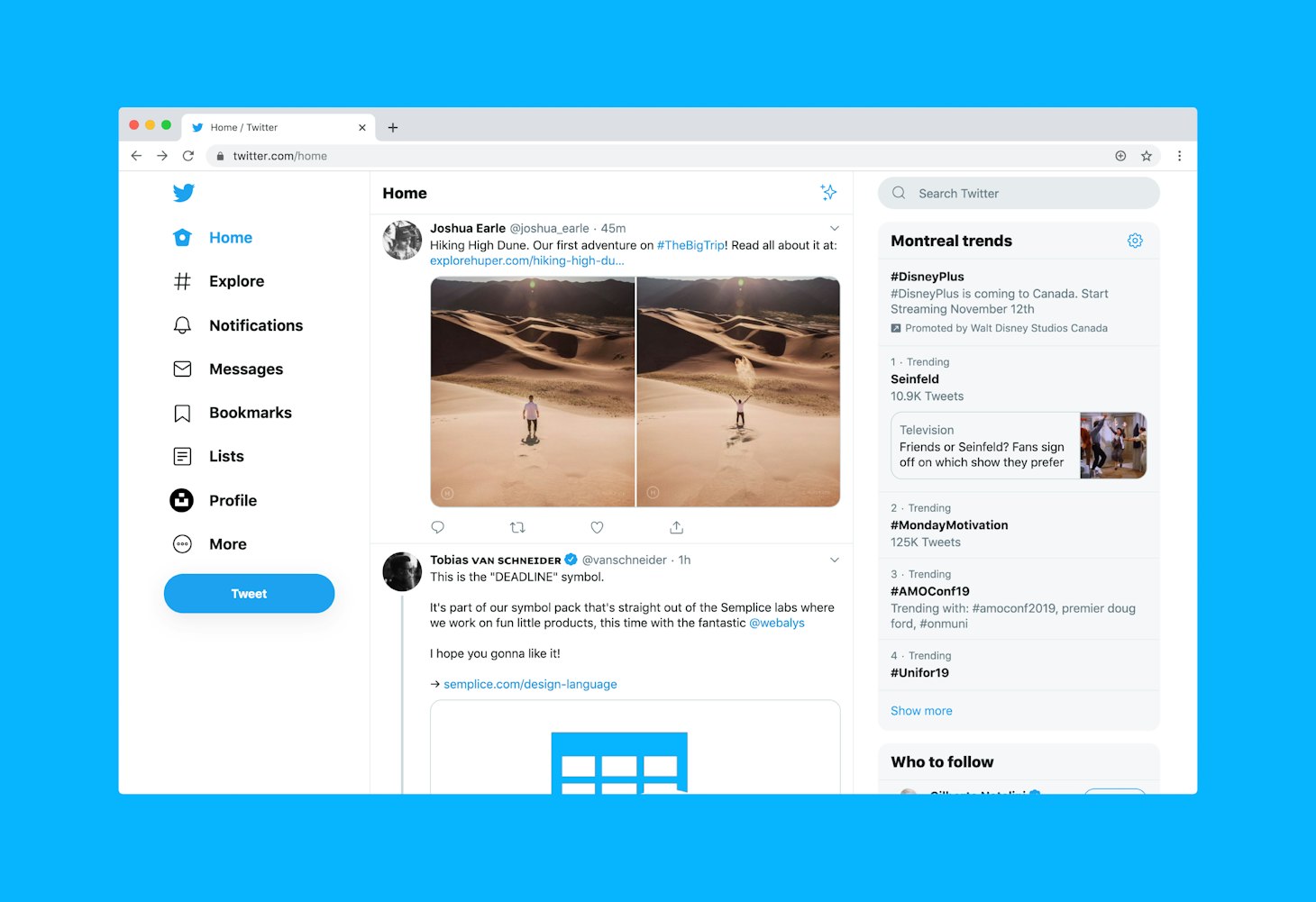How to do killer branding on social media (2024)
Want to establish a strong brand identity online? Use this guide to help you choose the best social media platforms.

Are you a virtual assistant wondering how to reach clients on a global scale? If the answer is yes, then your solution is social media. What better place for a virtual assistant to be seen and make connections than in the virtual community which is full of internet-savvy business people.

Now what most people don’t realize is that you don’t have to be ‘everywhere’ on social media. My philosophy is that fewer accounts used well are far better than many accounts that aren’t used well.
That old saying, ‘Jack of all trades, Master of none’ is true with social media. Find what works for you and stick to it. And, if you are struggling to find out which are the most used platforms, you can check out this social media dictionary.
Here are my top tips to kick-start your social media activity to create a strong brand identity.
1. Explore your options and find the platform that suits you
Every social media platform has a different type of audience. For example, LinkedIn is very business-like, Facebook is more social and Twitter can be a good mix of both. You need to do some research to determine where your target market is ‘hanging out’. Once you know that, you know exactly where you should be.
For example, if your client base is made up of lawyers then Linkedin is probably a good place for you to become active. There you can create relationships with lawyers and attorneys by connecting with them through their profiles and participating in discussions in law-related groups like Corporate Lawyer Network or National Bar Association Network.
On the other hand, if you want to offer your services to small businesses with shop-fronts then Facebook, Instagram or Pinterest could be good platforms for you to develop those relationships.
You also need to bear in mind which platforms YOU enjoy using. You will have far better results using the platforms you enjoy rather than the ones you don’t enjoy.
2. Your profile set up is extremely important
Once you’ve found your prime social media platform(s), you need to set them up to ensure they are 100% optimized.
It’s essential to keep your branding consistent and where appropriate, use a professional headshot, complete your Bio/About Us sections, and so on. LinkedIn will actually offer prompts to encourage full optimization.
3. Determine your social media branding strategy?
The following five elements will assist you to determine a strategy:
- Voice – choose the voice and tone which best reflects your business and culture, and which you will be using for all your marketing and social media sharing. Will your tone be serious, playful or informational? Whatever you choose, make sure that you’re consistent
- Frequency – stay relevant and be seen! Posting frequently is the key to creating community and building relationships. Letting your online followers know when they can expect to hear from you is a good way to ensure that they keep coming back.
- Timing – choose specific times that you will be active online, providing marketing updates, engaging with followers and sharing content. You will likely want to choose times that your target audience is active online as well.
- Message – your message must be consistent with other marketing efforts.
- Engagement – never forget that social media needs to be social. Work on ‘less push and more pull.’
4. Use all the available tools for greater effectiveness
You’ve probably seen the range of scheduling platforms in use: Hootsuite, Sprout Social, Buffer, Co-schedule, Sendible, etc. These all allow you to schedule your posts in advance to free up your time to be social and engage with your audience. And to go one step further, Hootsuite and Buffer also have browser apps where you can share something you’ve seen but at a time you choose, so it slots in with your other scheduled content.
I mainly use Hootsuite for gentle scheduling, retweeting, and replying to others but also Buffer in an ad-hoc fashion. I use Hootsuite on my desktop and also have the App installed on my phone and tablet.
Even when you’ve done all of your research to learn where your audience is ‘hanging out’, it can be time-consuming to remain consistent with your posting frequency. You need to involve your audience, stay relevant, and keep your brand at the forefront of customers’ and prospective customers’ minds. Consistency is the key!

Social media for freelancers—does it work? How?
This seems to be a question many freelancers ask themselves. Does social media even work? Is it worth the time and effort? Should I even bother?
My answer is yes. Definitely.
I am by no means an expert in social media or marketing, so I can’t tell you all the hard and fast rules on social media and how to make crazy sales. But I do know the basics, and when I look at my list of clients I realize almost half have come from some social media outlet. A few more have ended up deciding to go with me as their editor ultimately because I’m there—I’m available—I’m in front of them.
The main benefit of social media is exposure.
Using social media actively puts you in front of your audience—it shows you exist—and by posting helpful content you establish yourself as a go-to expert in the industry. You don’t have to be “the best” or even the most knowledgeable, but if your focus is helping authors/clients, then you will be seen as an expert in your field.
Most of my work comes from individuals. I like this because I get to know my clients and build relationships with them. And there are thousands of authors and writers on social media.
It’s the same for publishers, news companies, magazines, organizations. Connecting with potential clients and businesses on social media establishes a connection and shows you’re involved in the industry and topic.
Have you heard the saying that it takes 7 separate times of seeing something before a person decides to buy it? Apply that to clients. If they constantly see you around, you may soon become familiar, trustworthy, and exactly the editor or freelancer they want to work with.
A little example from my own experience:
Twitter is the most active social media platform. I’ve found that Twitter is loaded with writers and publishing industry folks. I love it. In order to keep up my presence, I schedule tweets for the entire week in advance. I post interesting and helpful content geared toward writers because those are my ideal clients.
I write to almost everyone that follows me on Twitter and thank them for following. If they are a writer (I can tell by their profile bio) I’ll let them know they can come to me with any editing questions and I’ll be happy to help. Sometimes I’ll even give myself a shameless plug: “and if you are in need of an editor…” Guess what? It’s worked.

Share content from other blogs/people that are related to your topic and audience and link back to those folks. Almost any blogger in the publishing industry is on Twitter. When I link to those bloggers as I share an article they wrote, that’s a great connection tool. Because it connects me to other experts and those folks will also be grateful I’m helping them out. Which in turn helps me out.
The main social media sites I use for business are Facebook (company page, not personal), Twitter, and LinkedIn. There are MANY, more, and you may find others work better for you. I’ve discovered these are the sites I enjoy updating and connecting with others on, so that’s where I’ve placed my focus.
The Basic “Musts” of Social Media:
- You must be active and consistent. If you share five tweets in 10 minutes and then don’t share anything for the rest of the day, it’s unlikely your content will be seen. Post a lot and often. *I use Hootsuite to schedule my social media in advance.
- Share useful content. What would your ideal audience want to read or learn about?
- Don’t over-promote . . . heard of the 80/20 rule? The idea is you promote others 80% of the time and 20% of your own.
- Engage with your audience. Say hello to new followers, have conversations, answer questions, share opinions. Basically—be a real person.
- Having a newsletter or blog will only help. If you have a blog, you can share those articles across social media and others may pick up the links and share them on their social media and it just goes from there. This all links back to your site. Win-win.
- Stick with the platforms you actually enjoy. There are TONS for social media sites, but I suggest picking 2-5 platforms that you really like using. Spreading yourself too thin will drop your credibility and presence. You still need to complete current projects after all.
Conclusion
It may not be right for you, and that’s fine—not worth forcing something. But if you’re a freelancer that’s been debating starting up for a while now—my suggestion is to go for it. Focus on 2-3 sites, be sure to engage, share, and be consistent.
Then, after some time, ask new clients how they’ve found you. You might be surprised.

